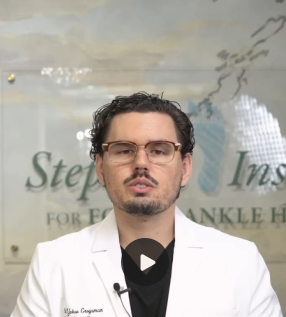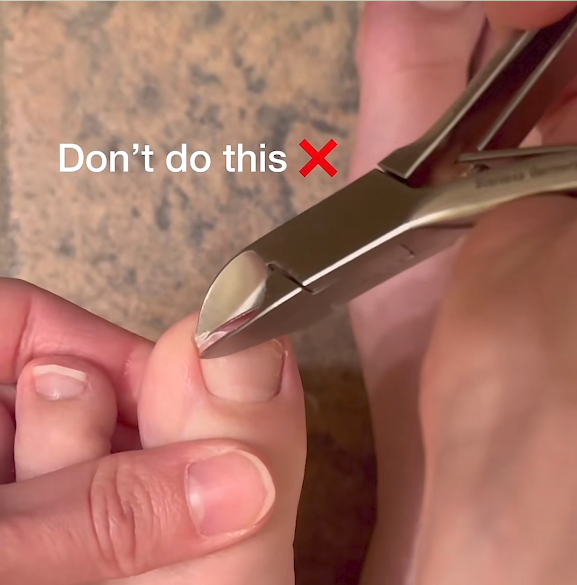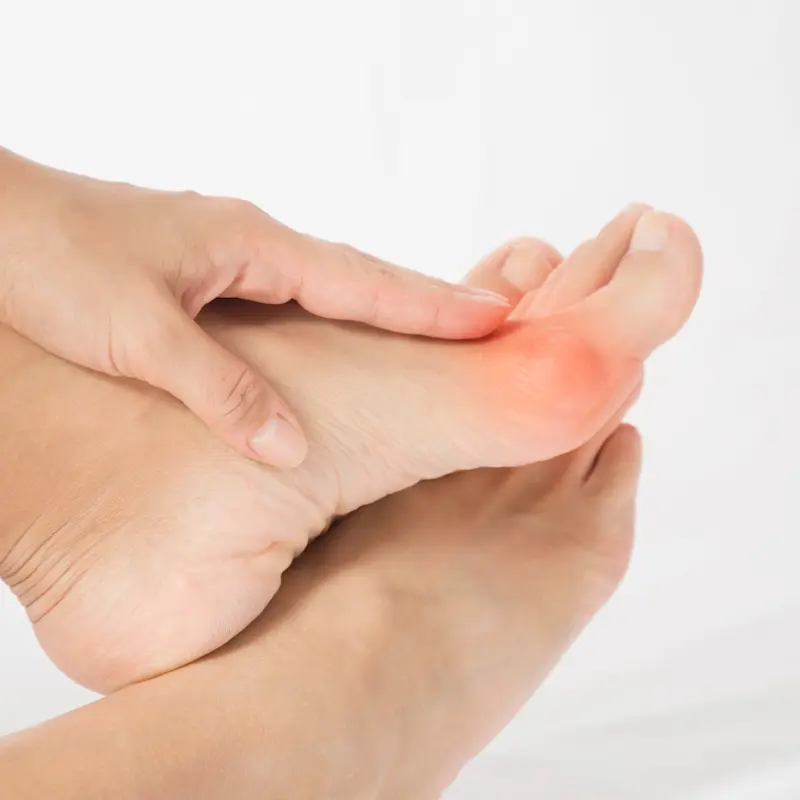
What are Ingrown Toenails?
Ingrown toenails occur when the edge of a toenail grows into the surrounding skin. This condition can cause pain, redness, and swelling, and if left untreated, may lead to infection.
Ingrown Toenails FAQ
For a proper diagnosis and recommended treatment plan,
we suggest you consult with a podiatrist for professional help and care.

















